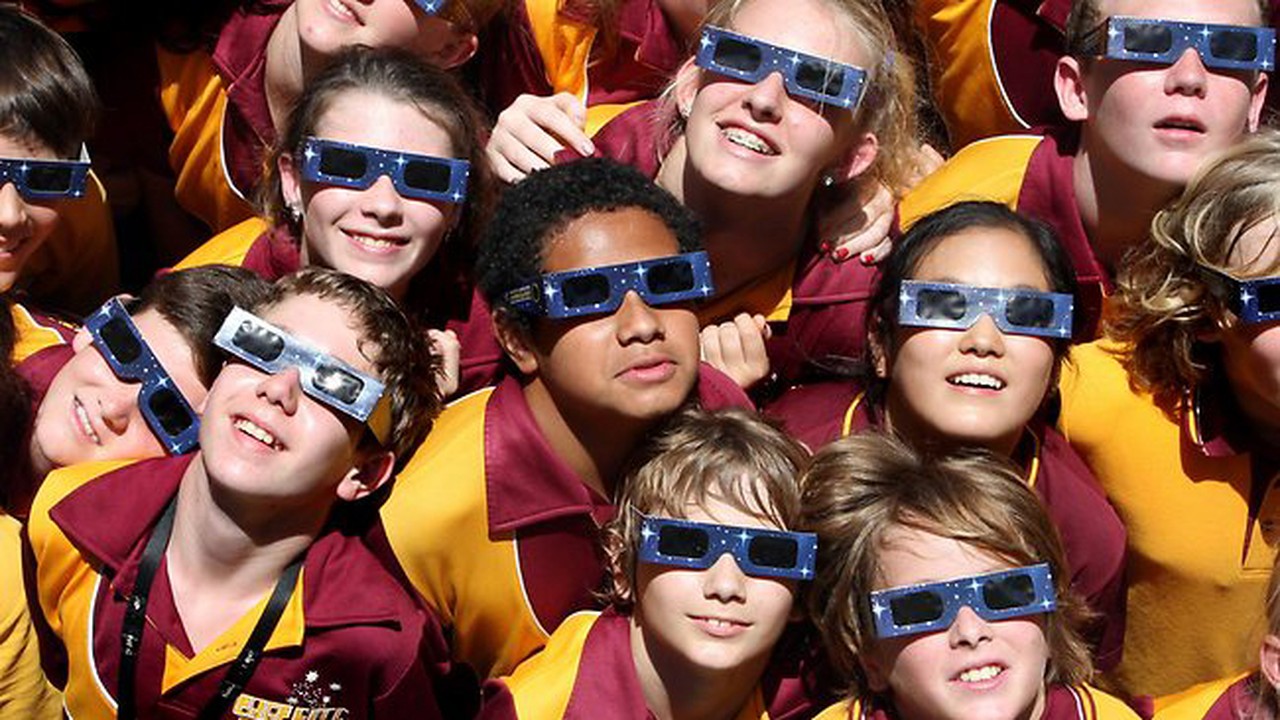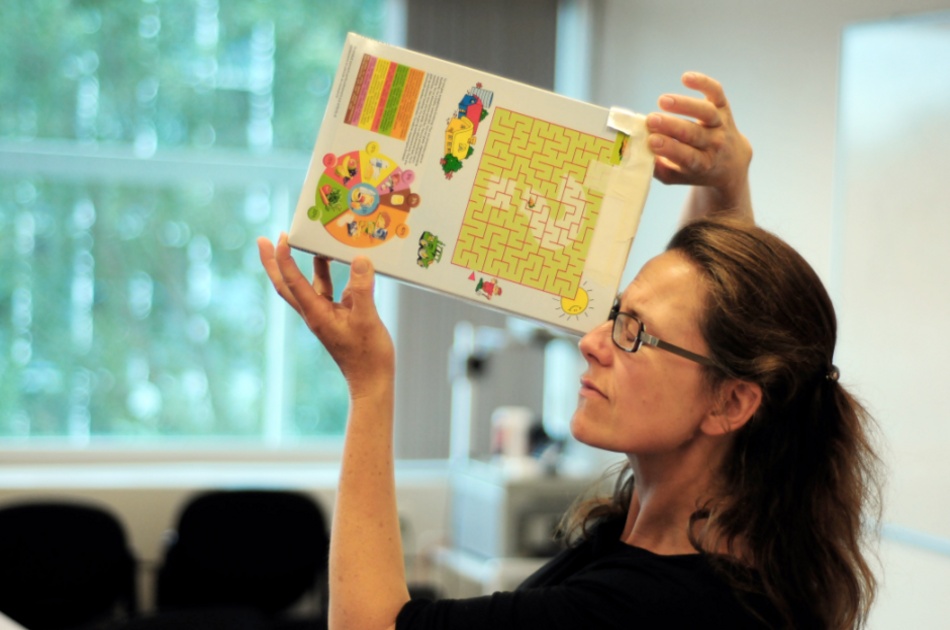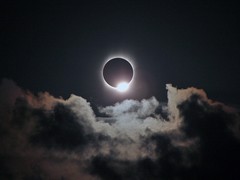Next Monday, on 21 August 2017, most of North America will experience a solar eclipse. A total solar eclipse can be observed from a narrow region in the United States of America, while other parts of the world are witness to a partial eclipse. Special livecasts, activities and programmes will be held worldwide in celebration of this celestial event.
A Jaw-dropping Cosmic Event
The solar eclipse will occur on Monday 21 August, a time when many schools will start their school year. The 2017 total solar eclipse will start around 10:15 am Pacific time on the West Coast of the United States of America. The Sun will be covered by the Moon for at most 2 minutes and 40 seconds, in a total eclipse best seen from Oregon to South Carolina States in United States of America.
Other parts of North America, as well as parts of South America, Africa, North-East Asia and Western Europe will see at least a partial solar eclipse. To find out if and when you can observe (part of) the eclipse, look up your location in Xavier Jubier's 2017 Total Eclipse Interactive Google Map. You can also follow the total solar eclipse at NASA’s Eclipse 2017 Live Stream or one of the live streams listed below.

Looking directly into the Sun is very dangerous, even during a solar eclipse! Use certified sunglasses or a sun viewer. Credit: Mark Margolis / Rainbow Symphony.
Ideas for educational and family activities
Several types of Sun viewers can be created from everyday household materials. Educators and students can build a safe sun viewer from a cereal box, or create eclipses in the classroom. Alternatively, you can project the sun with binoculars, or make a reflective telescope. The American Astronomical Society has listed various educational resources related to eclipses. Many other activities (developed by Leiden Observatory educational projects) related to the Sun, the Moon and Earth can be found on IAU astroEDU, Universe Awareness and Space Awareness websites, to teach STEAM sciences and skills using astronomy.
Educators are able to take their students on a journey of lunar and solar exploration. Students can dance with the Moon, or learn about lunar eclipses (and why are they different from solar eclipses) and the landscape of the Moon. They can design a ‘Deadly Moon’ or feel the structure of the Moon with their hands. Alternatively, students can create a mobile of the Sun, Earth and Moon and model day and night. Younger students can also touch the Sun and explore the seasons and learn about the shadows of the Sun. Or instead, math and measuring with the Sun or experimenting with day and night in biology can be introduced to the classroom.
 Create a safe viewer so you can look at the Sun without damaging your eyes.
Create a safe viewer so you can look at the Sun without damaging your eyes.Solar eclipse observation activity for Sahrawi refugee children
With the support from the Spanish Astronomical Society, GalileoMobile and Universe Awareness, Jorge Rivero from Leiden Observatory, is co-organizing a solar eclipse observing activity for Sahrawi refugee children that spend the summer in Gran Canaria, Spain, as part of the Vacaciones en Paz (Vacations in Peace) hosting programme. With the aid of solar eclipse glasses, telescope projections and Universe in a Box material, children and their host families will be able to observe the partial eclipse right before sunset for around 40 minutes (39% of the Sun will be blocked by the Moon) and learn about the science behind it.
To members of our network: Are you hosting an eclipse event next week? Comment on Facebook or let us know in an email to info@unawe.org with the subject “Solar eclipse event 2017”!
Eclipse Livestreams
- Eclipse 2017 Live Stream (Eclipse Ballooning Project, Montana State University)(multiple locations, USA)
- Total Solar Eclipse 2017: Live from the USA (Exploratorium)(Oregon/Wyoming, USA)
- Total Solar Eclipse 2017 App (iOS)(Android)(Exploratorium)(Oregon/Wyoming, USA)
- Smithsonian Solar Eclipse app (iOS)(Android)(Oregon, USA)
- Transcontinental Eclipse 2017 (Slooh)(Idaho, USA)
- CNN 4K 360-degree Live (CNN & Volvo Car USA)(multiple locations, USA)
- NASA 360 Live (Great Smoky Mountains, USA)
- Timeanddate.com Live (multiple locations, USA)
- Astronomy.com (Colorado, USA)
- Space.com Live (multiple locations, Worldwide)
- ABC News Live (multiple locations, USA)
- Science Channel (Oregon, USA)
- Virtual Telescope Project (Ceccano, Italy)
The Eclipse Soundscapes Project app (iOS)
Specially designed so that people who are blind and visually impaired can share in the awe and wonder of astronomical events in real time with their sighted peers.
EleCam Livestream (multiple locations, worldwide)
See how elephants react to the total eclipse, with EleCams from the Elephant Sanctuary in Tennessee.
‘Eclipse Across America: Through the Eyes of NASA’ (multiple locations, worldwide)
This NASA live stream will capture live imaging of the eclipse, from viewers around the world, 11 spacecraft, at least three NASA aircraft; and from more than 50 high-altitude balloons and the astronauts on the International Space Station, as well as views of eclipse celebration events across the country.
NASA TV - Eclipse Across America
NASA EDGE - Live from Carbondale
Links
- Xavier Jubier's 2017 Total Eclipse Interactive Google Map
- Universe Awareness activities
- IAU astroEDU activities
- American Astronomical Society activities














